Frank Lloyd Wright Steelcase furniture designs refreshed and reissued
Steelcase’s new collection revisits office furniture designs by Frank Lloyd Wright, created in 1939 for the SC Johnson Administration Building in Racine, Wisconsin
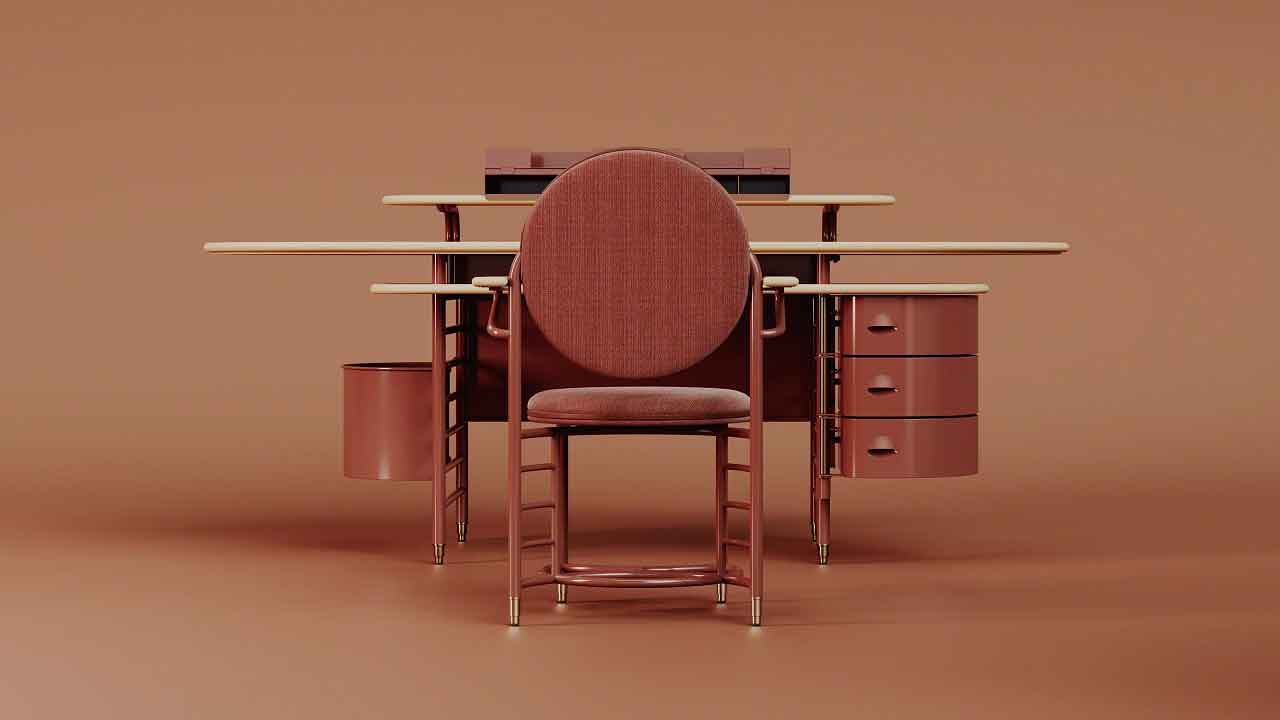
The American furniture manufacturer Steelcase is today known for its ergonomic task furniture and problem-solving storage systems that characterise the contemporary workplace. But the historic company, which dates back to 1912, is now re-establishing an overlooked part of its history.
Steelcase has reintroduced a fresh (and loyal) reinterpretation of Frank Lloyd Wright’s original designs for a workstation and desk chair, which the architect created for the SC Johnson Administration Building in Racine, Wisconsin, in 1939. Made by Steelcase back then as it is now, the Frank Lloyd Wright Racine Collection faithfully recreates the desk and desk chair in the style and finishes of the originals, while adding new touches that reflect our current ways of living and working from home.
Frank Lloyd Wright Steelcase furniture collection: from 1939 to today
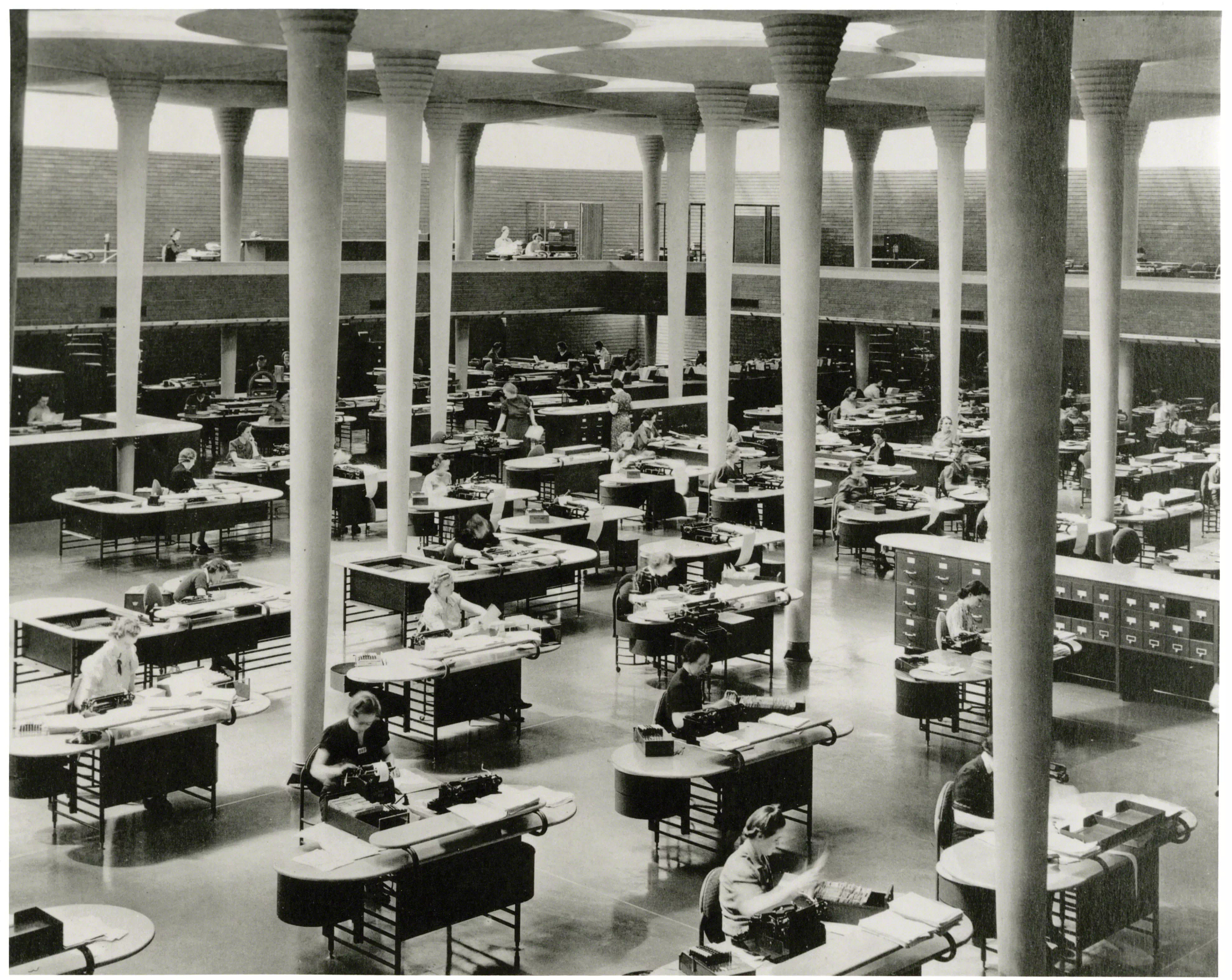
An archive shot of the SC Johnson Administration Building in Racine, Wisconsin, designed by Frank Lloyd Wright in 1939
‘From its beginnings over 80 years ago, Steelcase’s relationship with Frank Lloyd Wright has helped to revolutionise design for work,’ says Meghan Dean, general manager of ancillary merchandising and partnerships at Steelcase. ‘Now, we continue that mission into the home, as there’s never been a better time to revisit design principles that have always been ahead of their time.’
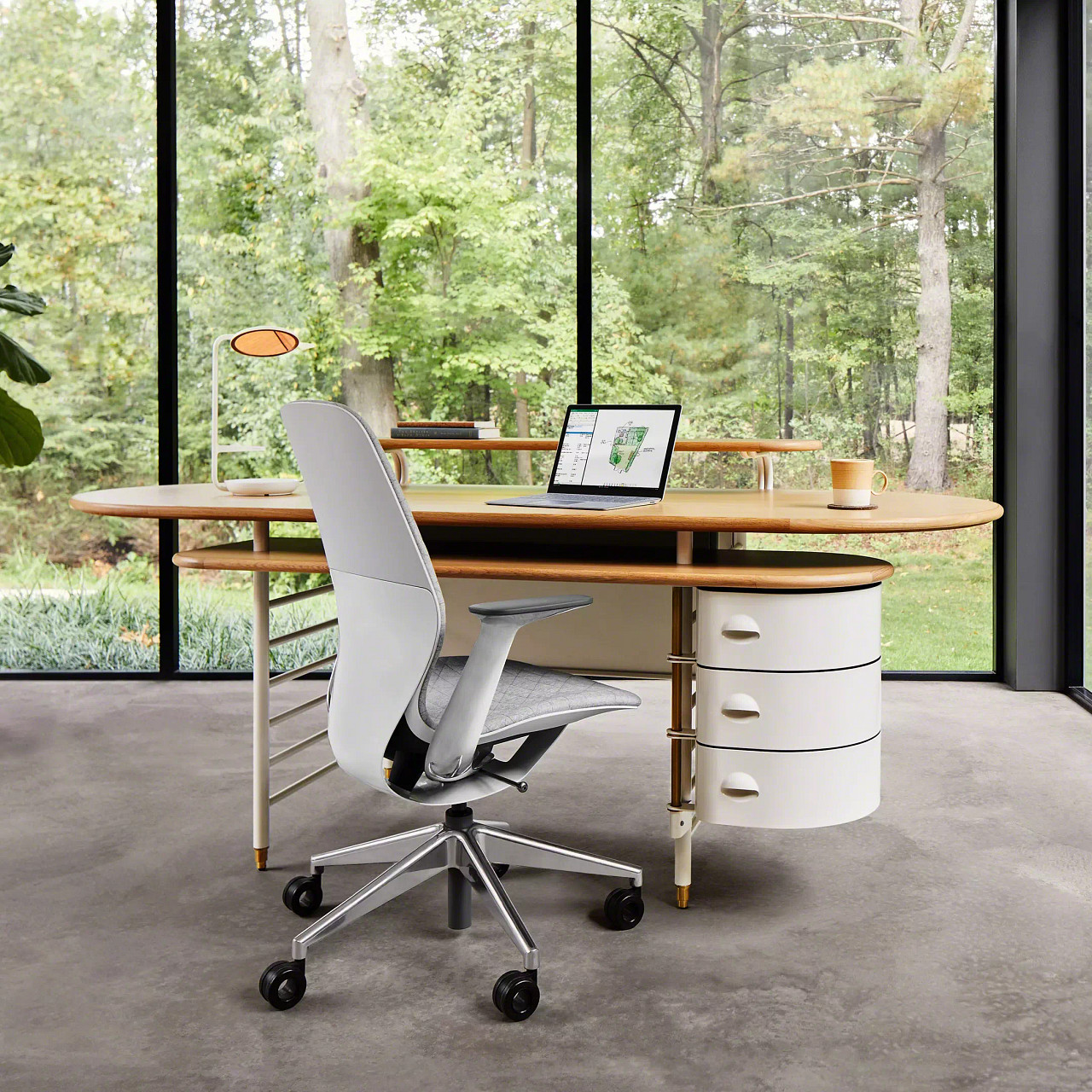
As one might expect, Wright’s designs from 1939 were unwittingly intuitive and innovative. The wide work table featured rounded edges, separate levels above and below the desk for additional storage, an integrated waste paper bin on one side, as well as a built-in tower of drawers on the other, which each swivel out for easy access while the user is seated.
All of these features have been maintained in Steelcase’s new edition, albeit with some subtle changes in proportion and scale. For example, the desk’s accompanying chair now boasts a wider seat, and its eye-catching, oval, upholstered back easily tilts to support a wider range of postures. In addition to the original rust-red colourway, the desk and chair are also available in elegant black. The chair design has also been adapted into a commanding lounge chair version, which easily fits into live-work situations, outside of the traditional office setting.
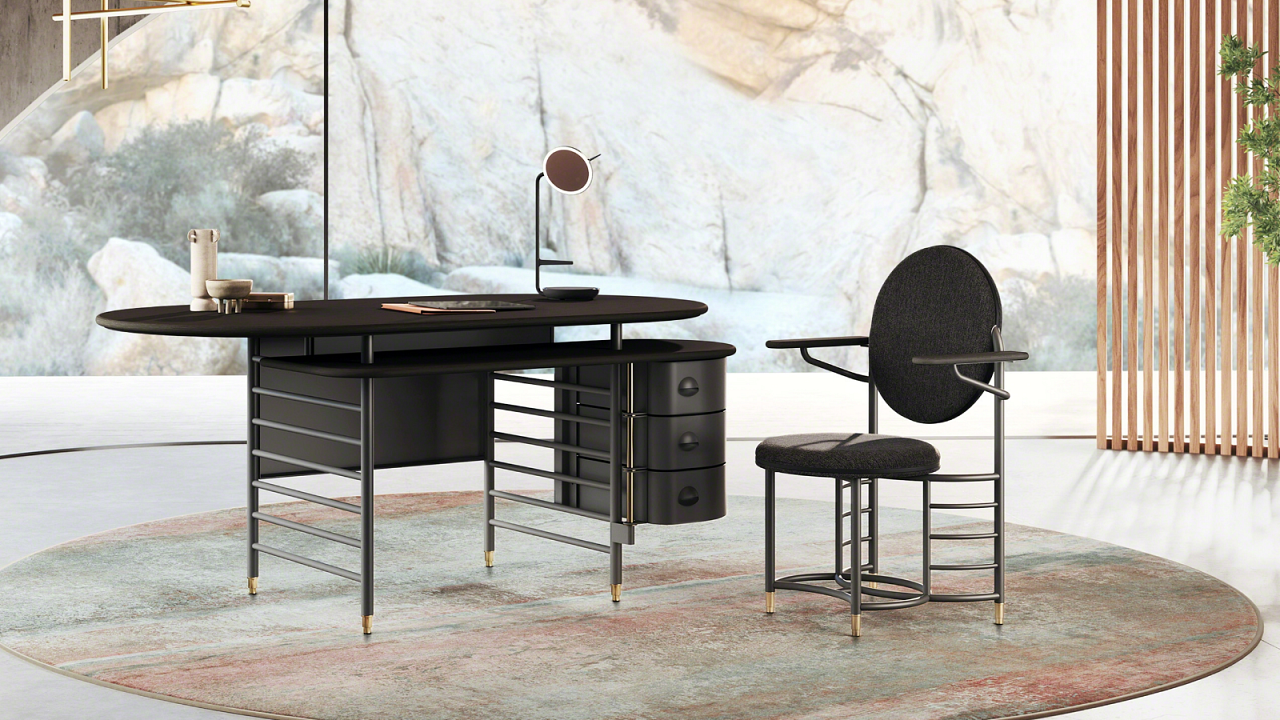
The Frank Lloyd Wright Racine Collection is the first product collaboration between Steelcase and the Frank Lloyd Wright Foundation, but the connection between the two entities runs far deeper. In 1985, Steelcase purchased Wright’s Meyer May House in Grand Rapids, Michigan, and spent two years refurbishing it according to the architect’s original vision when he designed it in 1909.
The new collaboration is intended to be the first of more to come, with fine furnishings, textiles and wallcoverings on the horizon.
Receive our daily digest of inspiration, escapism and design stories from around the world direct to your inbox.
‘Frank Lloyd Wright used design as a means of deepening the relationships between people, nature and place,’ says Stuart Graff, president and CEO of the Frank Lloyd Wright Foundation. ‘With the Frank Lloyd Wright Racine Collection and our collaboration with Steelcase, we’re excited to expand his vision of an architecture for better living.’
Pei-Ru Keh is a former US Editor at Wallpaper*. Born and raised in Singapore, she has been a New Yorker since 2013. Pei-Ru held various titles at Wallpaper* between 2007 and 2023. She reports on design, tech, art, architecture, fashion, beauty and lifestyle happenings in the United States, both in print and digitally. Pei-Ru took a key role in championing diversity and representation within Wallpaper's content pillars, actively seeking out stories that reflect a wide range of perspectives. She lives in Brooklyn with her husband and two children, and is currently learning how to drive.
-
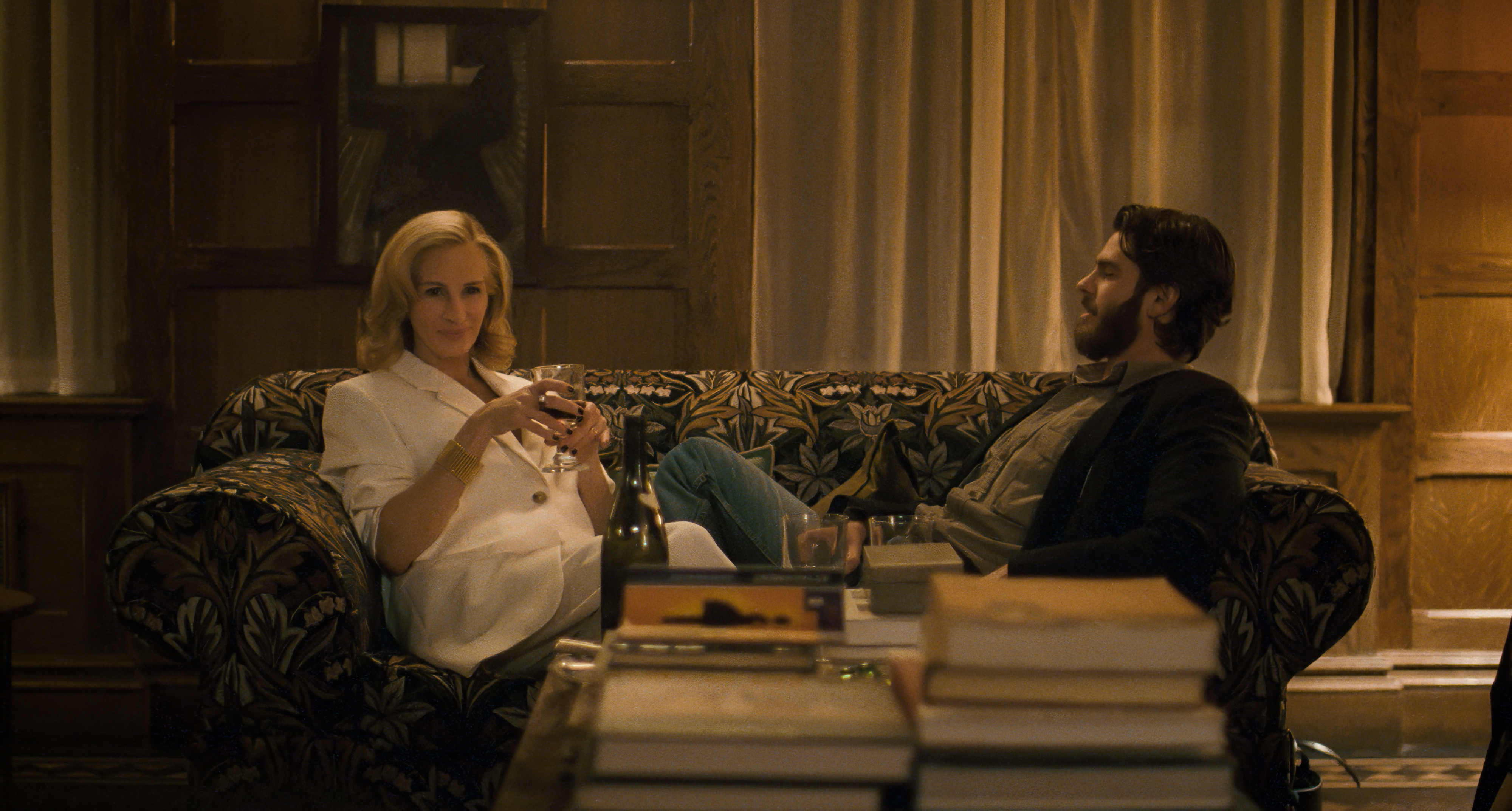 Designing Luca Guadagnino’s ‘After the Hunt’: ‘sets like these are a gift to actors’
Designing Luca Guadagnino’s ‘After the Hunt’: ‘sets like these are a gift to actors’Production designer Stefano Baisi tells Wallpaper* about creating a multilayered visual universe that both faithfully recreates the film's Yale setting and helps enhance each character's story
-
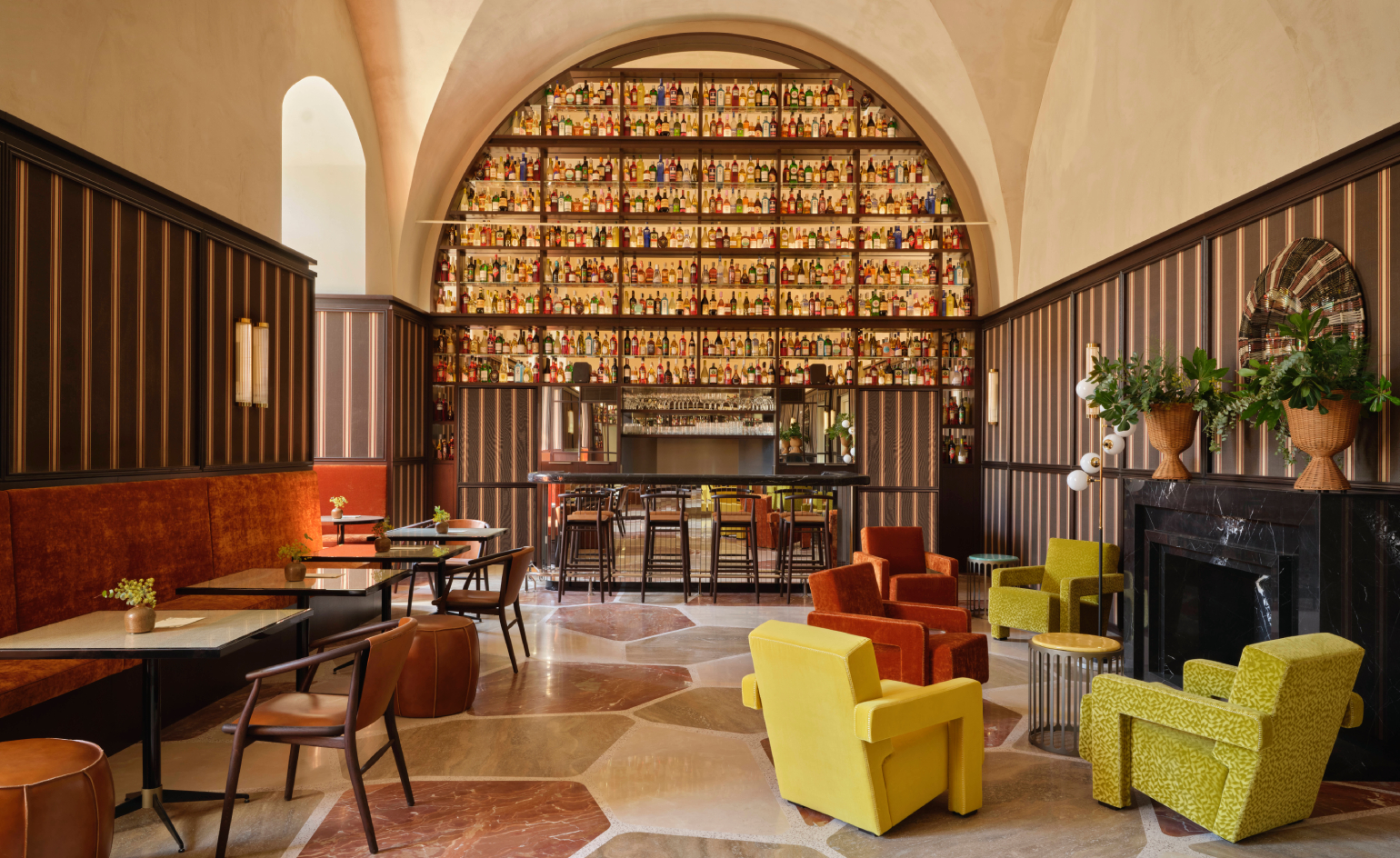 Mediterranean dreams come true at this radiant Puglian hotel
Mediterranean dreams come true at this radiant Puglian hotelA former convent has been converted into Vista Ostuni, a plush bolthole inspired by the landscape and heritage of the Puglia region
-
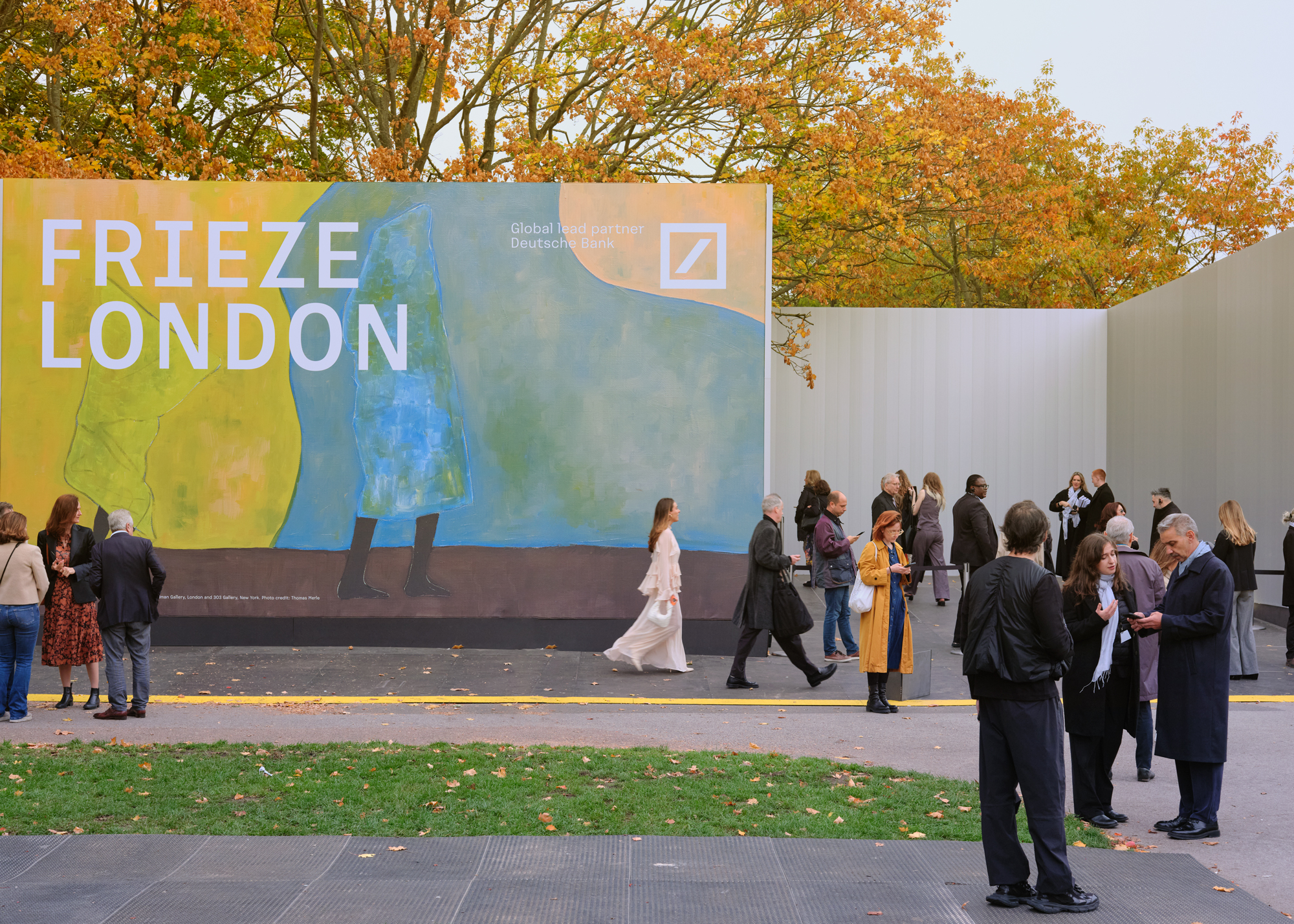 The architectural innovation hidden in plain sight at Frieze London 2025
The architectural innovation hidden in plain sight at Frieze London 2025The 2025 Frieze entrance pavilions launch this week alongside the art fair, showcasing a brand-new, modular building system set to shake up the architecture of large-scale events
-
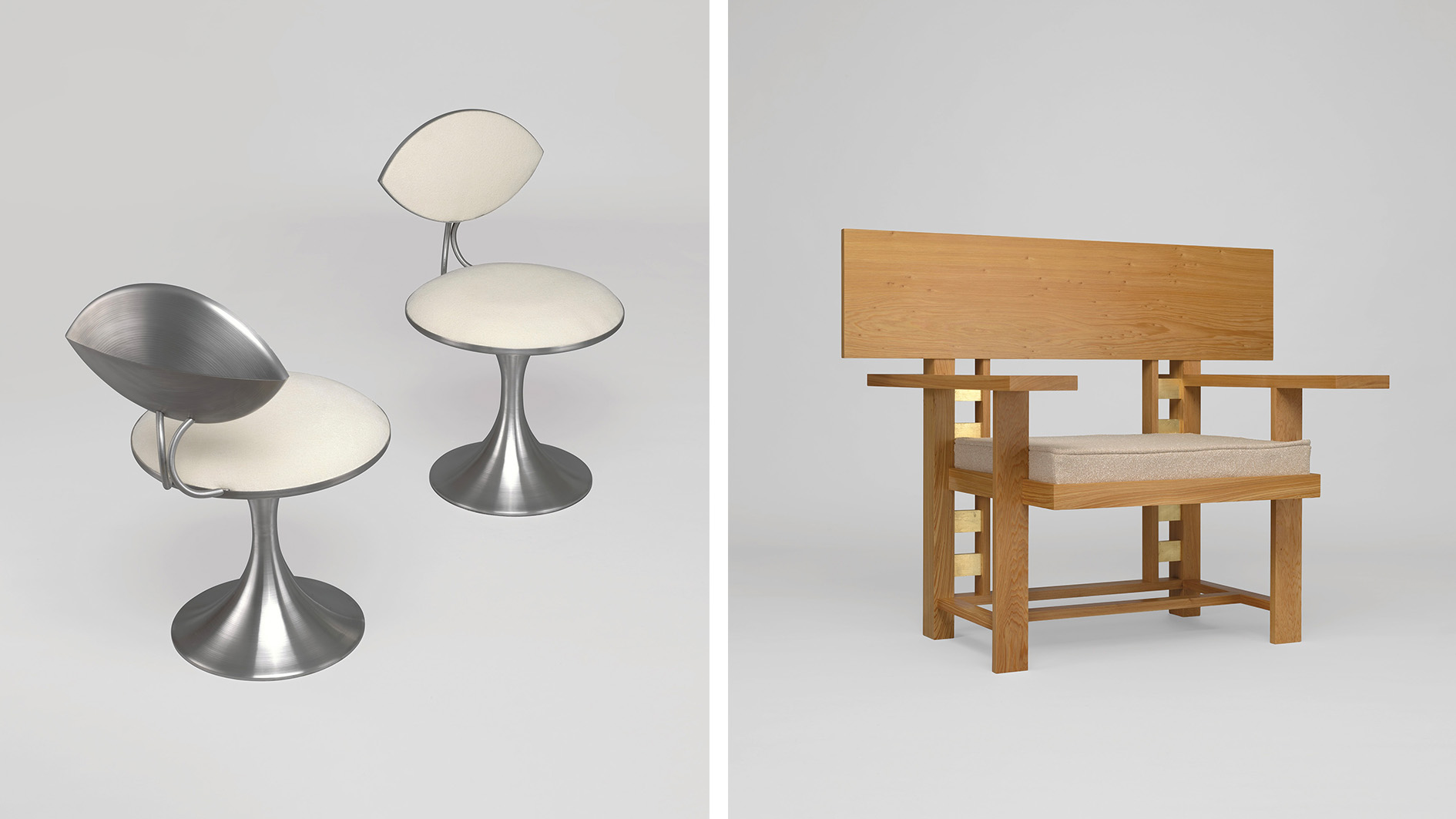 A new exhibition puts Frank Lloyd Wright’s audacious chair designs in the hot seat
A new exhibition puts Frank Lloyd Wright’s audacious chair designs in the hot seat‘Frank Lloyd Wright: Modern Chair Design’, opening this weekend at the Museum of Wisconsin Art, argues that Wright’s furniture designs were an integral, and sometimes controversial, part of his vision
-
 A Frank Lloyd Wright lamp broke auction record at Sotheby’s – fetching $7.5 million
A Frank Lloyd Wright lamp broke auction record at Sotheby’s – fetching $7.5 millionThe architect's ‘Double-Pedestal’ lamp, which was designed for the Dana House in 1903, has become his most valuable work ever offered at auction
-
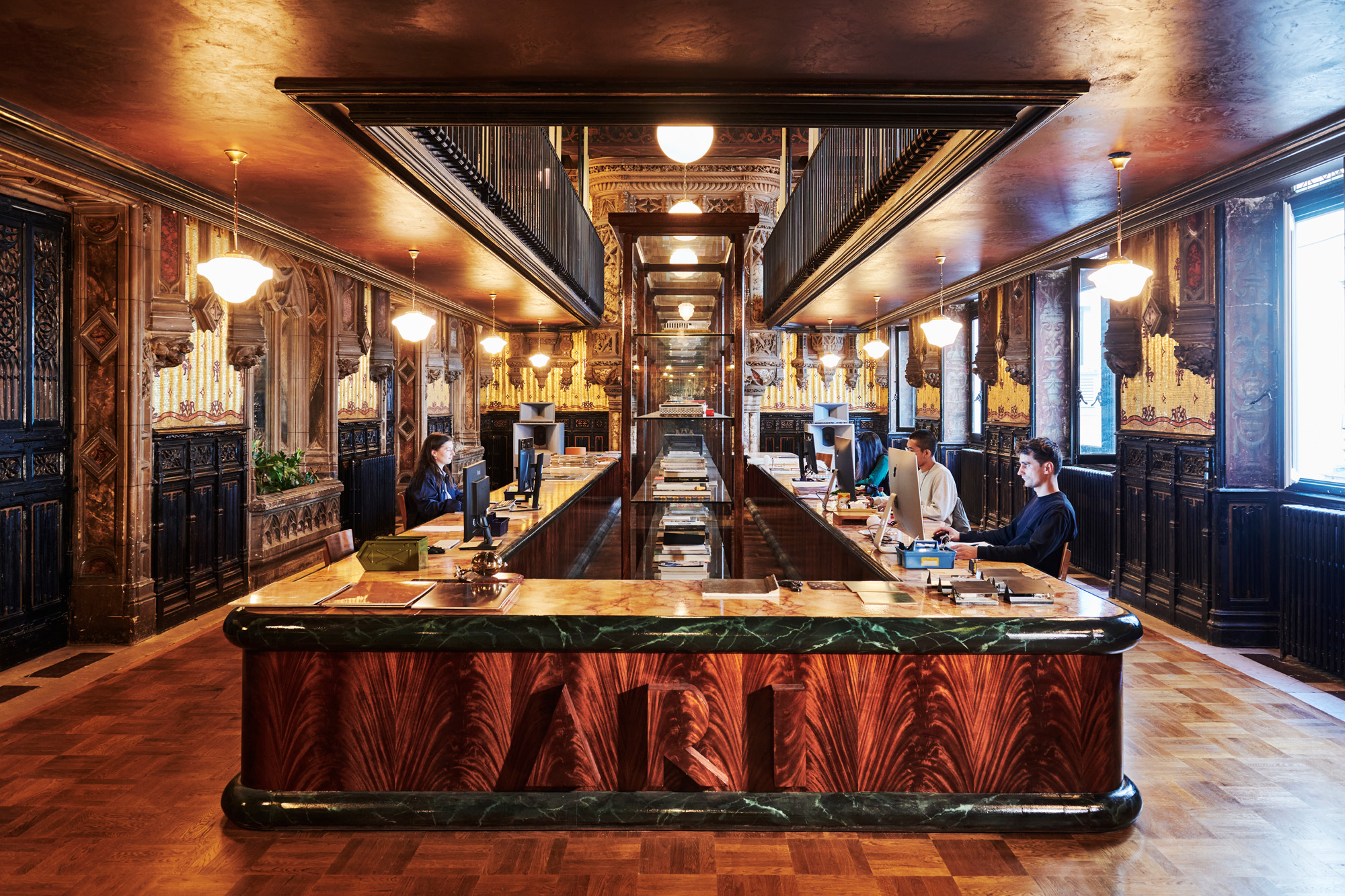 Is this the most beautiful office in the world?
Is this the most beautiful office in the world?Parisian creative agency Art Recherche Industrie’s new HQ translates a 19th-century landmark into a chic open-plan office worth leaving home for